
-
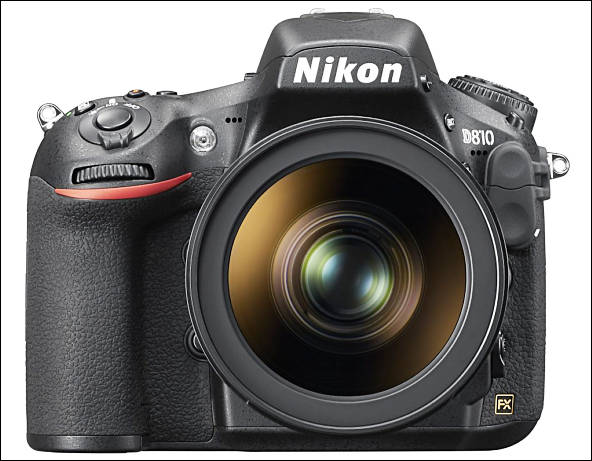
Specs
- 36.3Mp CMOS sensor
- 3.2" 1,299K dots screen with new split-screen mode
- CF and SDXC cards
- Expeed 4 LSI
- Optical low pass filter is absent
- ISO 32-51200 in extended mode
- 1/8000-30s shutter
- Improved AF
- 1080p50/1080p60 vide, do not shoot 4K
Available for preorder at:
-
Camera is discontinued
https://www.nikon-image.com/products/slr/discontinue_lineup/
-
Nikon D810 official $1000 price drop
https://www.adorama.com/inkd810.html
Nikon D810 DSLR with AF-S NIKKOR 24-120mm f/4G ED VR Lens kit now down to $2496
-
Nikon D810 Digital SLR Body Only Camera, - Refurbished, $1749
-
Nikon D810 firmware version 1.12
- The WT-7 wireless transmitter is now supported.
- Fixed the following issues:
- Multiple exposures were not recorded correctly.
- Incorrect histograms would be displayed for some images viewed in the RGB histogram display during playback.
- If On was selected for Auto distortion control, distortion would appear at the edges of photos taken with NEF (RAW) + JPEG fine selected for Image quality and Medium selected for JPEG/TIFF recording > Image size.
- Photos taken immediately after lenses were exchanged would not be recorded at the correct exposure.
- The protect icon did not display correctly.
- If On was selected for Auto distortion control, the camera would stop responding when the user attempted to take pictures with NEF (RAW) + JPEG fine selected for Image quality, Small selected for NEF (RAW) recording > Image size, and RAW primary - JPEG secondary selected for Secondary slot function.
- Shutter speeds for the electronic front-curtain shutter would sometimes be faster than 1/2000 s.
- Pictures would sometimes not be recorded.
http://downloadcenter.nikonimglib.com/en/download/fw/218.html
-
On paper the d810 should have one the highest tested dynamic range sensors ,does the firmware alow for recording raw of video via hdmi ?
-
Nikon D810 vs Canon 5D Mark IV vs Sony A7R II
-
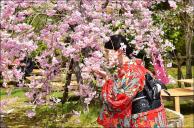
 img330.jpg800 x 529 - 161K
img330.jpg800 x 529 - 161K -
Firmware update
Fixed an issue that sometimes caused the camera to stop responding when attached to a WR‑R10 wireless remote controller running firmware version 3.00.
-
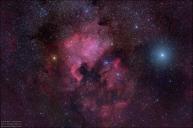
 img66.jpg800 x 531 - 90K
img66.jpg800 x 531 - 90K -
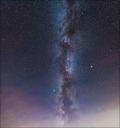
 zebra561.jpg787 x 841 - 140K
zebra561.jpg787 x 841 - 140K -
New firmware
An External recording control option has been added to the HDMI item in the SETUP MENU. If the camera is connected via HDMI to a third-party recorder that supports the Atomos Open Protocol (the Atomos SHOGUN, NINJA2, or NINJA BLADE), selecting On allows camera controls to be used to start and stop recording. More information is available in a supplementary manual.
Fixed the following issues:
- Incorrect distances were shown in the camera playback info display for photographs taken with an optional flash unit in distance-priority manual (GN) mode.
- The brightness of the live view photography display would not change when a command dial was rotated to adjust exposure compensation with On (Auto reset) selected for b Metering/exposure > b4 Easy exposure compensation > Easy exposure compensation in the CUSTOM SETTING MENU.
- Although the preview button would stop the lens down to maximum aperture when assigned the Preview role, the maximum aperture indicator would not appear in the monitor.
- In rare cases, the shutter would not be released when the user attempted to take photographs in movie live view.
- About 4 seconds of static could be heard on audio recorded with external HDMI recorders during movie live view.
- The shutter speed, aperture, and ISO sensitivity displayed in the monitor during movie live view would differ from values in the final movie file.
- Volume could sometimes not be adjusted if movies were played with indicators hidden during full-frame playback (None (image only)).
- Exposure compensation would fail to produce the desired results if a negative value was selected when NEF (RAW) images were processed using the NEF (RAW) processing option in the RETOUCH MENU.
- Images would in rare cases fail to record correctly with HDR (high dynamic range) selected in the SHOOTING MENU.
- If On was selected for Exposure smoothing during interval timer photography, every frame after the first would be overexposed.
- File numbers were not assigned in the proper sequence.
- In some languages, characters or parts of characters would be missing from the SETUP MENU > Location data > Position display.
- In some languages, characters or parts of characters would be missing from the SETUP MENU > AF fine-tune > List saved values display.
- Some help text has been changed.
http://downloadcenter.nikonimglib.com/en/download/fw/156.html
-
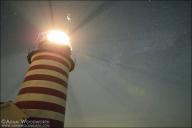
 sales36.jpg786 x 525 - 49K
sales36.jpg786 x 525 - 49K -
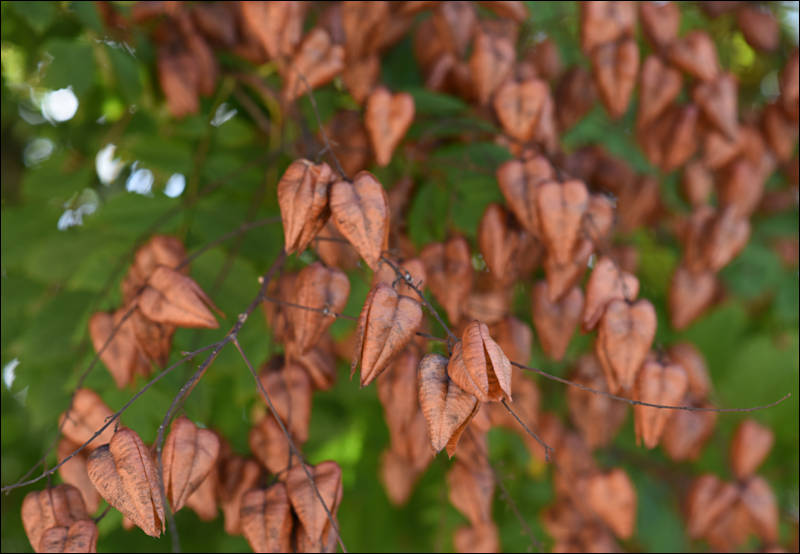
D810 truly delivers. Not only do you have the superb handling you'd expect of a Nikon DSLR, coupled with the spectacular resolution of the D800 and D800E -- the Nikon D810 gives you all of this plus truly usable high-sensitivity options that, in our testing, bested the Sony A7R to produce usable 8" x 10" prints at all the way up to ISO 25,600. Even at ISO 51,200, we found the D810 quite capable of good 4" x 6" prints -- perhaps even larger, for your less critical shots.
http://www.imaging-resource.com/PRODS/nikon-d810/nikon-d810A.HTM

 phantom37.jpg800 x 554 - 62K
phantom37.jpg800 x 554 - 62K -
The Nikon D810 was introduced with a lot of fanfare on the heels of the highly impressive D800 DSLR camera. Even though expectations were incredibly high for the Nikon D810, it doesn't disappoint. Its image quality is absolutely brilliant in a variety of shooting situations, and with 36-plus-megapixels of resolution in the FX image sensor, you can crop the D810's images quite a bit and still end up with a high-resolution photo. This camera will work well in almost any type of scene, providing great image quality and performance. The D810's flexibility is great, and Nikon has given the photographer a large number of options for customizing the camera's use. With its new shutter and mirror box mechanism the D810 works extremely quietly, allowing it be used in a variety of situations where you normally wouldn't want to use a DSLR with a noisy shutter, such as at a wedding ceremony.
http://www.steves-digicams.com/camera-reviews/nikon/d810-dslr/nikon-d810-dslr-review.html
-
Nikon Corporation is developing new firmware for its Nikon D4S, Nikon D810, and Nikon D750 DSLR cameras, for release this summer, 2015. The new firmware will provide support for timecode and recording command functions with HDMI output to external recorders (make them able to recognize start and stop of recording).
-
Nikon D810A - Astro camera
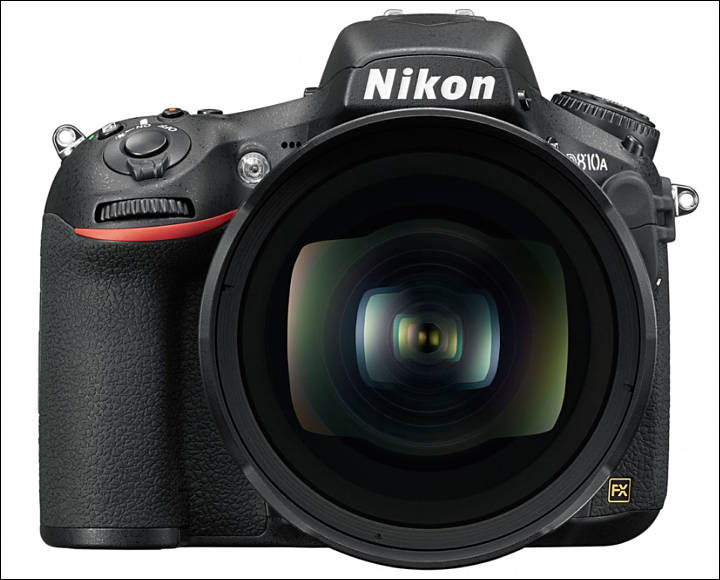
- Modified infrared (IR) cut filter: four times more sensitive to the H-alpha spectral line (a wavelength of approx. 656 nm) than the D810.
- Long exposure M mode: allows exposures of up to 900 seconds.
High-definition astrophotography
As a modified version of the camera that boasts the most outstanding resolving power of any Nikon D-SLR, the D810A is a very special beast. Designed to deliver the ultimate in image detail, the FX-format sensor enables high-contrast 36.3-megapixel images with minimized false color. The standard ISO range of 200–12800 can be extended up to 51200 ISO (equivalent) and 3D noise reduction enables clean, well-defined images at high ISOs. Nikon’s fast and powerful EXPEED 4 image processor boosts the camera’s overall performance and minimizes color fringing.
Modified infrared (IR) cut filter
A truly exceptional camera, the D810A delivers results that are impossible to achieve with a regular D-SLR. The D810 is a popular camera with astrophotographers: it has the power to photograph the night sky, but a standard camera sensor is not the best way to capture images of nebulae that emit on the H-alpha wavelength. In order to prevent red color cast, the optical filters in general D-SLRs restrict transmission of reddish light in the visible light range. In contrast, the characteristics of the D810A’s optical filter have been modified to increase the transmission of reddish light from the hydrogen-alpha spectral line by approximately four times (compared to the D810). As a result, photographers can now capture the beautiful, “true-red” color of nebulae that emit along the H-alpha wavelength without modifying the camera. The benefits of the D810A’s modifications are apparent, even when photographing starfields and star landscapes.
Specialised features
Equipped with a number of specialised functions, the D810A effectively counters some of the challenges astrophotographers face. Alongside Bulb and Time settings, a new Long Exposure Manual mode allows exposures of up to 900 seconds. To minimise internal vibrations during exposure, photographers can activate the camera’s electronic front-curtain shutter and reduce the risk of micro-blur in even subtle details. When shooting in Live view, a virtual exposure preview for Bulb and Time settings aids focus and framing. And, as with the D810, the Live view image can be magnified up to 23x, allowing critical focus checks to be made with absolute precision. When shooting through the viewfinder, a new red-lit virtual horizon display lets you confirm leveling.
Extended shooting power
Designed to keep you shooting for long periods of time, the D810A’s energy efficient design ensures the camera will reliably capture thousands of images with long exposures. The camera’s high-capacity EN-EL15 battery can capture up to 3,860 still images1 on a single charge, and additional power sources will keep you shooting for even longer. Nikon’s optional MB-D12 Multi-Power Battery Pack works seamlessly with the camera and can capture up to 10,660 still images on a single charge.2 The sequence of battery use can be selected and set via the camera. To extend shooting time further, use the optional EH-5b AC Adapter with the EP-5B Power Connector.

 samsung_nx544.jpg720 x 580 - 53K
samsung_nx544.jpg720 x 580 - 53K -
Filmmaker kit
Contains a D750, 35mm/50mm/85mm f/1.8 prime lenses, two Lithium-ion batteries, a stereo microphone, an HDMI cable, and a Ninja 2 video recorder.
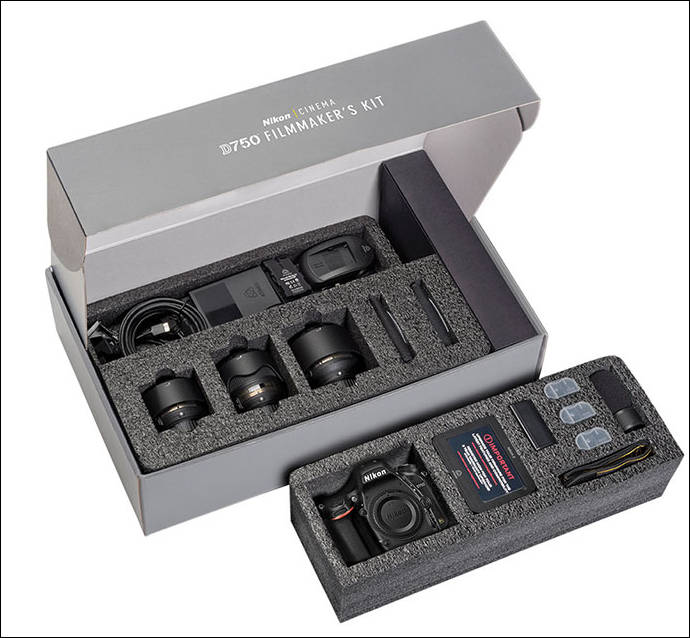
Cost is $3996 - http://www.bhphotovideo.com/c/product/1120491-REG/nikon_13469_d750_dslr_filmmaker_s_kit.html

 samsung_nx525.jpg690 x 638 - 62K
samsung_nx525.jpg690 x 638 - 62K -
I have a D800e, the sensor and IQ of stills on the D810 are pretty much the same. The normal dynamic range and shadow recovery of still images is extraordinary. For studio photographers who do not need to shoot 11 frames per second or have extra aggressive weatherproofing designed to withstand being in a war zone or hurricane, there is no other full frame that will deliver better pictures. The 810 has the superior autofocus of the D4s. It also has a much quieter shutter than the D800 which was a big complaint. Nikon is playing catch up on the video front and the D4s, D750 and D810 are large leaps forward for still shooters who need pro quality video. The D800 was used for the TV series "Wilfred" along with being the B camera in later seasons of "Dexter." Obviously some pros like what Nikon is bringing to the table with this series of cameras.
It is silly to make a blanket statement that Nikon is making crap cameras that none wants. Not true. Their main focus has been towards pro still shooters. The D4s far outperforms Canon, Sony, Panasonic and Olympus for both low light capture and low light autofocus. It is a pity that they do not beef up their video features to that of Canon or Panny so we would have better video features in the King of Low light performance.
I was still shooting on a GH2 that I hacked for better video. I am the first person to insist that M43 cameras can take pro-quality stills and are not amateur toys. I am so blown away by the IQ of the D800 series that I now gladly lug around a much larger and heavier kit when still shooting to get the dynamic range, shadow recovery and detail of my Nikon.
The moire issue for stills is over exaggerated. Probably why Nikon felt confident enough to do away with the anti alias filter altogether in the D810. With such fine resolution I have not seen moire in stills. With the lower resolution of video I can see why that may be more of a problem. Also though I did not expect the same high ISO performance as the D4s, these high megapixel cameras do really well at higher ISOs. Noise might pop in sooner but by the nature of the 36 megapixel sensor the noise has a very fine grain and has a pleasing quality not dissimilar to the gran of fast analogue film. The fine grain noise in a raw photo is easily tamed in Lightroom.
Also Nikon glass rocks. Nothing beats my 14-24 f/2.8 Zoom, the 85 1.4 which has clinical sharpness with the creamiest bokeh and the 200mm f4 micro a legendary macro lens. The available glass had much to do with my personal decision to buy Nikon.
If you mostly need video functions and only do some still, the D810 might not be your best choice. If you need a small lightweight kit M43 is probably the way to go. For people who do studio still, gallery sized prints, landscape or other areas where this camera is an industry leader. Nikon knows who is buying their cameras and really focusing on their needs and priorities. Canon models in equivalent classes seem to be better generalists for a broader market which makes them a perfect product for other consumers.
-

 sigma_27.jpg600 x 399 - 86K
sigma_27.jpg600 x 399 - 86K
Howdy, Stranger!
It looks like you're new here. If you want to get involved, click one of these buttons!
Categories
- Topics List23,993
- Blog5,725
- General and News1,354
- Hacks and Patches1,153
- ↳ Top Settings33
- ↳ Beginners256
- ↳ Archives402
- ↳ Hacks News and Development56
- Cameras2,368
- ↳ Panasonic995
- ↳ Canon118
- ↳ Sony156
- ↳ Nikon96
- ↳ Pentax and Samsung70
- ↳ Olympus and Fujifilm102
- ↳ Compacts and Camcorders300
- ↳ Smartphones for video97
- ↳ Pro Video Cameras191
- ↳ BlackMagic and other raw cameras116
- Skill1,960
- ↳ Business and distribution66
- ↳ Preparation, scripts and legal38
- ↳ Art149
- ↳ Import, Convert, Exporting291
- ↳ Editors191
- ↳ Effects and stunts115
- ↳ Color grading197
- ↳ Sound and Music280
- ↳ Lighting96
- ↳ Software and storage tips266
- Gear5,420
- ↳ Filters, Adapters, Matte boxes344
- ↳ Lenses1,582
- ↳ Follow focus and gears93
- ↳ Sound499
- ↳ Lighting gear314
- ↳ Camera movement230
- ↳ Gimbals and copters302
- ↳ Rigs and related stuff273
- ↳ Power solutions83
- ↳ Monitors and viewfinders340
- ↳ Tripods and fluid heads139
- ↳ Storage286
- ↳ Computers and studio gear560
- ↳ VR and 3D248
- Showcase1,859
- Marketplace2,834
- Offtopic1,320











